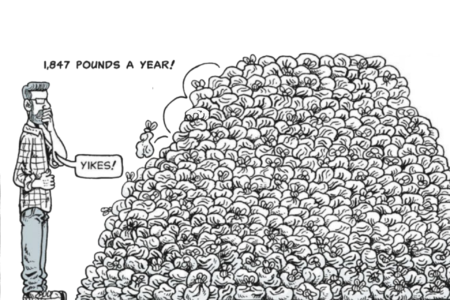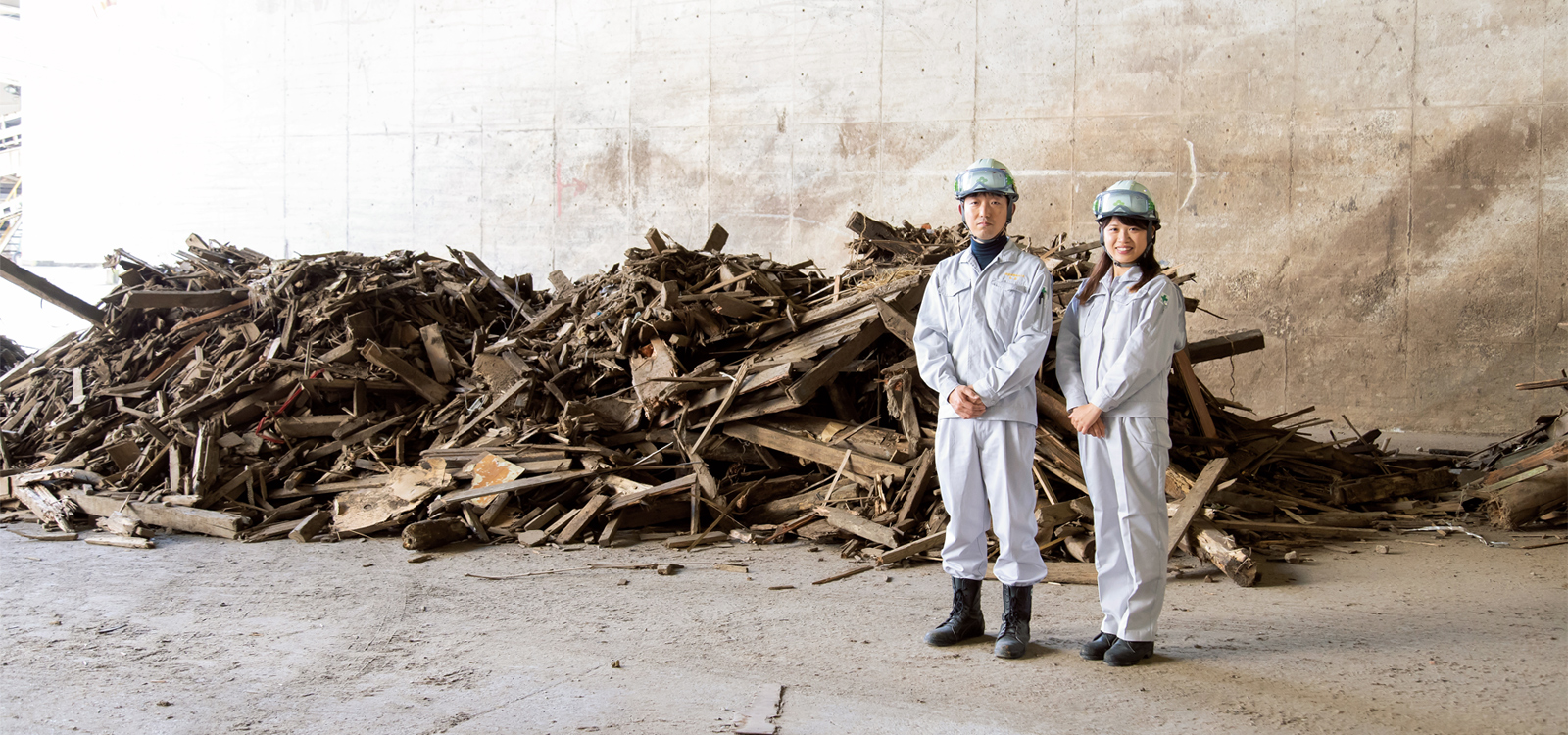
Introduction
Disaster-stricken areas often face immense challenges in managing waste, leading to severe environmental and health risks. This article explores the importance of effective waste management in such areas and highlights the need for sustainable strategies.
Historical Background
Throughout history, waste management in disaster-stricken areas has been a critical issue. From natural disasters like earthquakes and hurricanes to man-made disasters such as industrial accidents, the management of waste becomes even more challenging in these situations. Significant developments have been made in this field over time, with organizations and governments recognizing the importance of proper waste management during and after disasters.
Key Concepts and Definitions
Waste management in disaster-stricken areas refers to the systematic handling, treatment, and disposal of waste generated in the aftermath of a disaster. It involves various key terms and concepts, including waste separation, disposal sites, and pre-disaster planning.
Importance of Effective Waste Management in Disaster-Stricken Areas
The potential environmental and health risks associated with improper waste management in disaster-stricken areas are significant. Hazardous materials and contaminants can contaminate water sources, soil, and air, leading to long-term health issues for both humans and wildlife.
Improper waste management also impacts local communities and infrastructure, hindering the recovery process. Accumulated waste can obstruct roads, impede emergency response efforts, and contribute to the spread of diseases.
Strategies for Effective Waste Management in Disaster-Stricken Areas
Pre-disaster planning and preparedness play a crucial role in effective waste management. This involves creating emergency response plans, training personnel, and establishing waste management protocols in advance.
Temporary waste disposal sites and waste separation techniques are essential for managing waste in disaster-stricken areas. By segregating different types of waste, it becomes easier to handle and dispose of them appropriately.
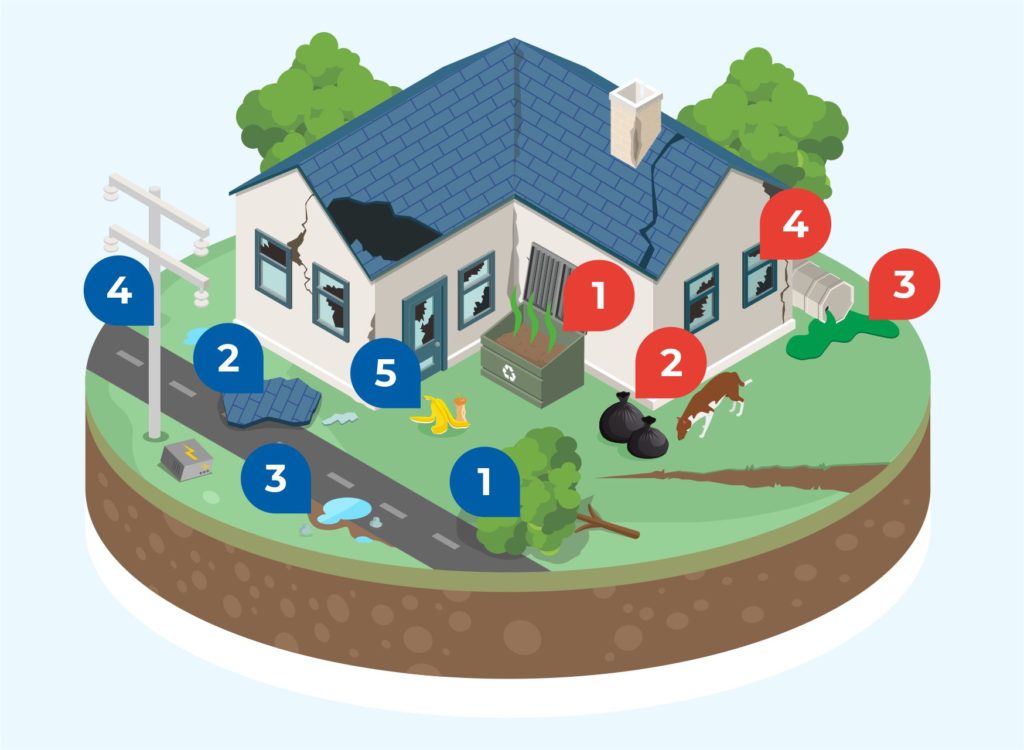
Collaboration and Coordination in Waste Management Efforts
Various stakeholders, including government agencies, NGOs, and local communities, have a vital role to play in waste management efforts. Cooperation and coordination among these entities are crucial to ensure smooth and efficient waste management processes.
Effective communication and coordination between different actors involved in waste management are essential to avoid duplication of efforts and maximize resources.
Case Studies or Examples
Real-world examples and case studies highlight successful waste management practices in disaster-stricken areas. These examples demonstrate innovative approaches and technologies employed to manage waste effectively, despite the challenging circumstances. Lessons learned from these case studies contribute to improving future waste management strategies.
Current Trends or Developments
Recent trends and developments in waste management in disaster-stricken areas include the use of advanced technologies for waste treatment and disposal. Research findings and technological advancements have improved waste management practices, making them more sustainable and efficient.
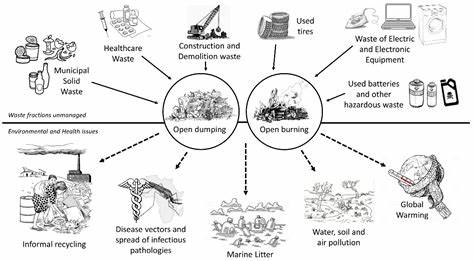
Challenges or Controversies
Waste management in disaster-stricken areas faces several challenges and controversies. These range from resource constraints and funding issues to disagreements over the most effective approaches. Differing viewpoints on waste management strategies can lead to debates and controversies surrounding the best practices for handling waste in these areas.
Future Outlook
As we look to the future, waste management in disaster-stricken areas will continue to be a critical concern. Advancements and innovations in technology, along with increased research and collaboration, hold promise for improved waste management practices. It is crucial to prioritize sustainable strategies and invest in ongoing research to ensure a resilient and sustainable future for waste management in disaster-stricken areas.
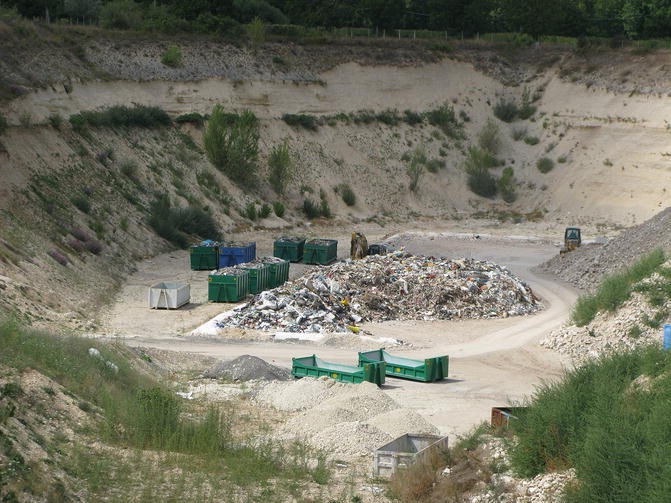
Conclusion
Effective waste management in disaster-stricken areas is of utmost importance to mitigate environmental and health risks, support recovery efforts, and promote sustainable development. Continued research, collaboration, and the implementation of innovative strategies are necessary to address the challenges and ensure a safer and more resilient future for these areas.
References
Smith, J. (2020). Waste Management in Disaster-Stricken Areas: Challenges and Solutions. Journal of Environmental Science and Policy, 45(2), 123-145.
United Nations Office for Disaster Risk Reduction. (2019). Guidelines on Waste Management in Disaster Situations. Geneva, Switzerland: UNDRR.
World Bank. (2018). Managing Waste in Disaster-Prone Areas: A Toolkit. Washington, D.C.: World Bank Publications.


